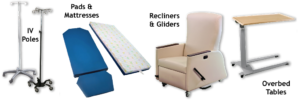
Giving birth is a truly life changing experience. It is also an extremely stressful experience! For some moms, the option of an at home birth helps ease those stresses. Being able to deliver in an environment that is familiar to them, and as comfortable as their living room or bedroom goes a long way. However,… Read more »

